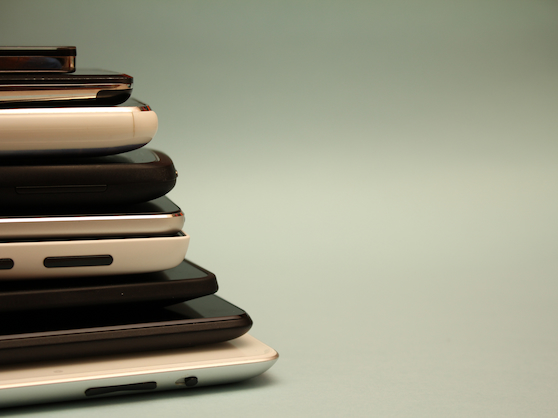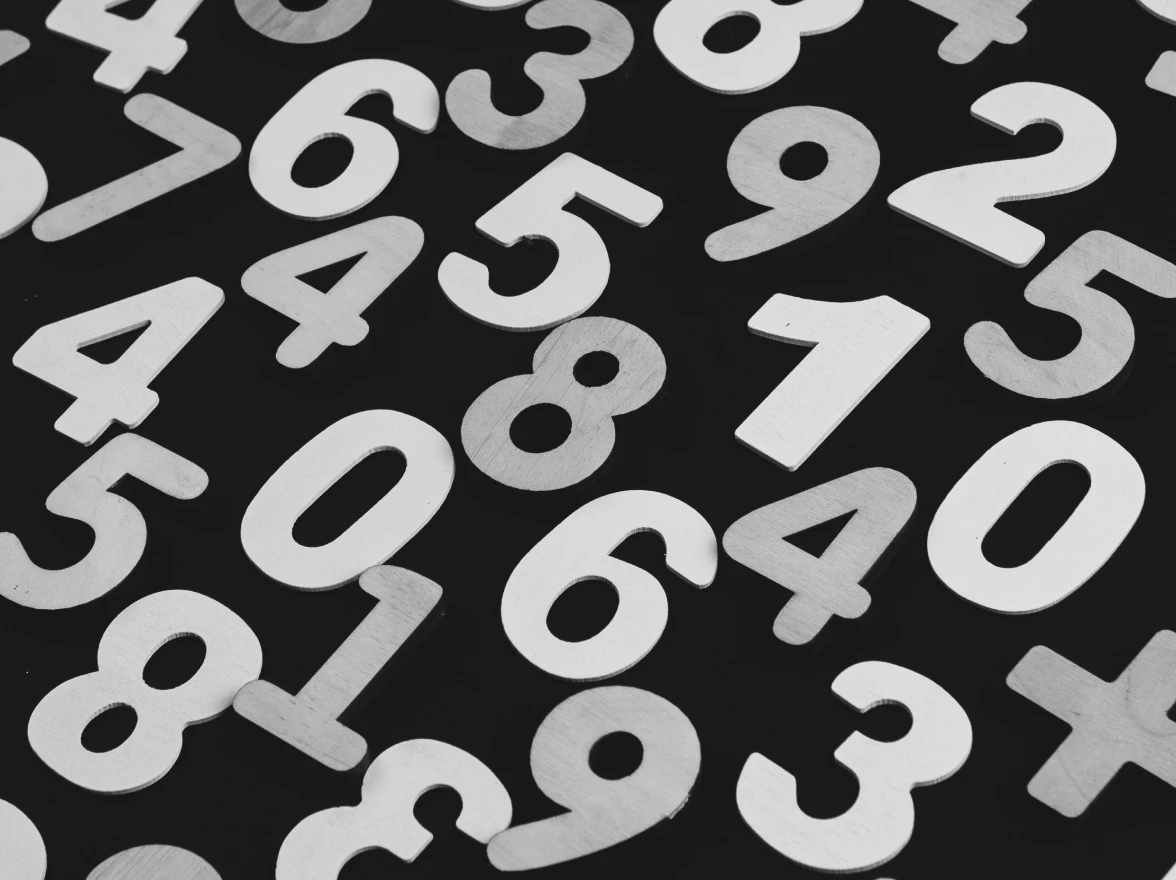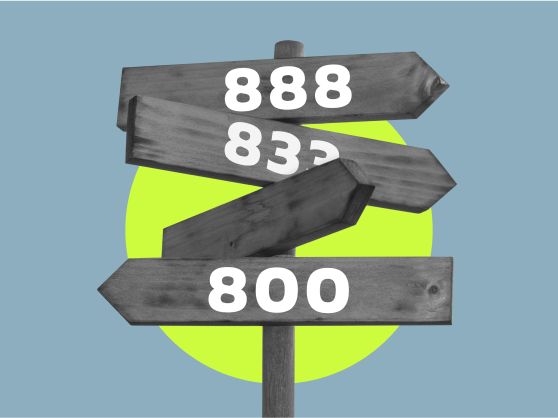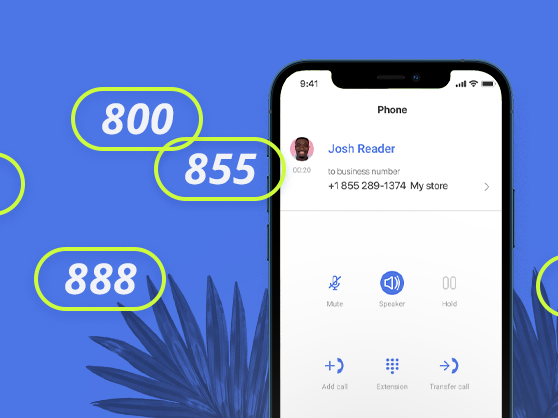In this article, we cover:
- Environmental risks of having too many cellphones;
- Why people buy multiple cellphones;
- How to reduce the demand in mobile phones;
- How virtual phone number services contribute to reducing pollution;
- How to dispose of an old mobile phone.
How can we reduce the environmental impact of mobile phones?
Once an expensive communication alternative to landlines, now a mobile phone has become a must-have item. Mass production and high competition among manufacturers made cellphones cheap (some models ― to the point of disposability). Arguably, technological progress comes at the expense of the environmental. Should we worry about cellphones in this regard? If so, is it possible to limit their use without compromising our connectivity?
What’s wrong with having multiple cellphones?
While technical enthusiasts all over the world herald the coming of the electronically-enhanced future, more and more level-headed people are starting to worry: what if this future degrades to a “high-tech, low life” science fiction scenario.
Do you remember Tatooine from the Star Wars epic movies? That’s a good example of “high-tech, low life” dystopia: impoverished rag-clad vagabonds scavenging junk yards for repair parts for AI-capable robots while dying of starvation against the barren desert landscape. What does that have to do with mobile phones? Let’s see.
According to the International Communication Union, by 2015 the world had roughly 7 billion mobile phones per 7.3 billion of population with an average total 96 connections per 100 citizens. Results per country are more precise and vary greatly. For example, Ethiopia had only 22 mobile devices per 100 people, while the US reported slightly more than 100% coverage in 2014. Naturally, regions with higher business activity are at the top of the list: in 2015, one hundred average Hong Kong citizens owned 240 mobile phones.
Mankind has to produce and dispose of all these electronics galore. And it’s bad for the environment for many reasons. First and foremost is pollution due to inappropriate disposal. Planned obsolescence makes an average smartphone last about 2 years before being replaced by something more modern, feature-rich and stylish. As the Worldwatch Institute claims, an average US citizen discards his/her cellphone after 18 months of use.
Obsolete, yet perfectly-functional devices end up in landfills because recycling is not cost-efficient for manufacturers. While sitting in landfill for years, a cellphone has enough time to slowly release all the hazardous substances it contains. Among the most significant pollutants are lead, mercury and cadmium. These materials are widely used in electronics and are highly toxic.
The most harmful part of a mobile phone in terms of disposal is its lithium-ion battery. Apart from highly reactive lithium, such batteries also contain substantial amounts of nickel and cobalt. Both of these heavy metals can accumulate in the human body and subsequently cause failures of internal organs along with blood diseases.
Landfills are not the only danger, though. A vastly neglected fact: manufacturing, transportation and 2-years’ use of one mobile phone produces an equivalent 55-70kg (121-154lb) of CO2 equivalent. As for li-ion batteries, 12.5kg of CO2 is produced to manufacture 1kg of battery. The production is also drastically power-demanding: 1.6kg of oil is required to make 1kg of battery. Side waste produced during mining, metal refinement and plastic manufacturing also contributes to the problem greatly.
Unauthorized scavenging is also an issue. Thus, the New York Times reported that once electronic devices are discarded, children in impoverished nations often gather the e-waste into big piles and burn them to extract the metals, which they sell for a few dollars.
Greenpeace and other organizations have posted YouTube videos of young children inhaling the toxic fumes that rise from the burning piles of discarded cellphones. The results are obvious: chronic heavy metal poisoning, acquired dementia, respiratory diseases and higher risk of cancer.
These factors combined have a tremendous impact on the air we breathe. The soil we grow our crops in and the farm animals we consume aren’t safe either, and we end up with contaminated food. But what makes us buy multiple cellphones in the first place?
How can a small business owner buck the trend?
Arguably, we owe the sins of overproduction and overconsumption to irresponsible marketing. Massive cynical promotion of the state-of-art gadgets and planned obsolescence makes us buy more gadgets than we actually need. But even the thriftiest and the most reasonable individuals are often forced to buy an additional phone. Often enough we have to use one mobile service provider or a device for one purpose and another one for other things: on our travels, for international calls or for business affairs. The problem is not insurmountable, however. Being ecologically responsible is not so difficult: with a bit of thinking and common sense you can reduce e-waste pollution and limit your communication overheads.
Save resources with a virtual phone system
Start by assessing your real communicational demands and current electronic assets. How many cellphones do you own personally? What about your employees? Do you automatically issue a business mobile phone to every hired team member in addition to landline phones? Why? Can you tune your communication model to use the resources more efficiently? Is there an alternative to providing your employees with dedicated business cellphones?
A landline telephone infrastructure is actually a valuable asset. Many people take it for granted and refuse to use its features to the full extent. Have you ever seen a person discussing a business matter over a cellphone while his landline phone sits untouched on the desk? That’s an example of inefficiency. One might argue that landlines are not flexible: your company has only a couple of business numbers and reaching a particular team member is only possible through the receptionist. Deploying a private branch exchange telephone system could have solved this problem, but installation is costly, maintenance and configuring requires professional assistance and the equipment is not cheap per sec.
What about subscribing to a virtual phone number with a sophisticated call-processing system? MightyCall is a good example: we can get you connected within 2 minutes after you subscribe. There’s no need to purchase any equipment: our cloud-based technology allows to use your current communication infrastructure (conventional public switched network, VoIP or a combination of both). Maintenance is not an issue anymore: we’ll take care of hosted equipment and in case a problem appears on your side, our support team is ready to lend a hand.
Our advanced forwarding solutions and an interactive virtual receptionist will keep your employees connected. Depending on your business, it is even possible to make do without a live phone receptionist altogether, or at least save her/him a lot of time for other important tasks. MightyCall’s virtual phone number service is versatile and easy to configure: do it yourself or ask your IT technician if you have any. Already have a business number? No problem, we’ll port it seamlessly without additional fee.
Are your team members always on the go? Take advantage of their personal cellphones instead of issuing business ones. MightyCall allows call forwarding to personal devices (landline, mobile or VoIP) and with our inbound call screening feature it has never been easier to separate business calls from personal matters. Similarly, when using MightyCall, it is possible to make outgoing calls without exposing your personal contacts: a virtual business number will be displayed.
Dispose responsibly
Unwanted cellphones should not end up in landfill. If for some reason you’ve bought a new phone, give your old one to your kid. Not required? Donate it to charity. There are many ways to do it.
If you care for American veterans and active-duty soldiers, send your phone to Cell Phones for Soldiers. They take all makes and models, unscathed and broken alike ― connecting those who protect us matters a lot. The National Coalition Against Domestic Violence is a non-profit organization that distributes charity gadgets to the abuse victims. The 991Cellphonebank is an agency that raises funds to help connect emergency personnel, seniors and the disabled. Cureblindness.org provides connectivity to the blind… And there are many more organizations that prove that one man’s trash is another man’s treasure. Keep in mind, that your phone can save a life.
Not interested in charity? Then dispose of your old phone responsibly with the US national Cellular Recycler program, which sends old electronics to certified recycling facilities. A similar program, Recycle My Cell, is active in Canada. What’s more, there are services that actually pay cash for disposing of your electronic waste: O2Recycle and others.
Electronic waste is only one of the environmental problems we’re facing now and our children will face in their future. But this problem is the one you can help to alleviate. Stop thinking as a consumerist, be sensible. Switching to a virtual phone number system will help you reduce communicational expenses and make your business more efficient. But not only that. Combined with responsible disposal, recycling and the use of energy-saving technology, it actually helps to protect our environment.
All being said, making the world a better place with clean air, pure water and lush vegetation is not a task someone can do alone. Only a unified effort of the human majority can save our planet for our children and grandchildren as we know and love it. Please remember that Earth is home for you, your neighbors and even for people who live in countries you’ve never heard about. So taking care of it is a duty, a duty of all the people in the world. Don’t disregard your contribution as irrelevant ― every single bit helps.






























